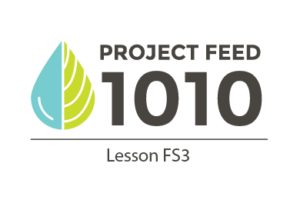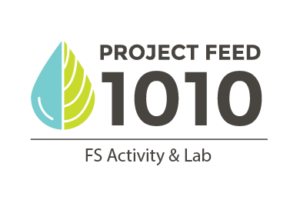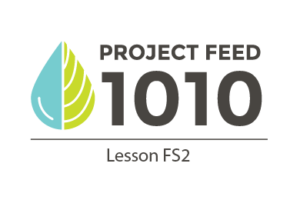LS1.A: Structure and Function LS1.B: Growth and Development of Organisms LS1.C: Organization for Matter and Energy Flow in Organisms LS1.D: Information Processing Students who demonstrate understanding can: HS-LS1-1. Construct an explanation based on evidence for how the structure of DNA determines the structure of proteins which carry out the essential functions of life through systems […]
PS4.A: Wave Properties PS4.B: Electromagnetic Radiation PS4.C: Information Technologies and Instrumentation Students who demonstrate understanding can: HS-PS4-1. Use mathematical representations to support a claim regarding relationships among the frequency, wavelength, and speed of waves traveling in various media. [Clarification Statement: Examples of data could include electromagnetic radiation traveling in a vacuum and glass, sound waves […]
PS3.A: Definitions of Energy PS3.B: Conservation of Energy and Energy Transfer PS3.C: Relationship Between Energy and Forces PS3.D: Energy in Chemical Processes and Everyday Life Students who demonstrate understanding can: HS-PS3-1. Create a computational model to calculate the change in the energy of one component in a system when the change in energy of the […]
PS2.A: Forces and Motion PS2.B: Types of Interactions PS2.C: Stability and Instability in Physical Systems Students who demonstrate understanding can: HS-PS2-1. Analyze data to support the claim that Newton’s second law of motion describes the mathematical relationship among the net force on a macroscopic object, its mass, and its acceleration. [Clarification Statement: Examples of data […]
Disciplinary Core Topics PS1.A: Structures and Properties of Matter PS1.B: Chemical Reactions PS1.C: Nuclear Processes Students who demonstrate understanding can: HS-PS1-1. Use the periodic table as a model to predict the relative properties of elements based on the patterns of electrons in the outermost energy level of atoms. [Clarification Statement: Examples of properties that could […]
Students will continue to explore the idea that when nodes are interacting in a system, modifying one node can have far reaching consequences for the entire system. In this lesson, students will focus on the stakeholders introduced in Lesson FS3, by analyzing an article and evaluating the impact that possible solutions to global food insecurity will have on stakeholders.
The goal of this lesson is to encourage students to look at the topic of food security using a systems approach, and to evaluate the stability of our global food production by assessing the interactions within the system. Students will review the definition of a system and discuss how approaching a problem or issue by modeling it as a system can lead to both improved understanding and more effective problem-solving.
Stakeholders are a vital part of the food security system. It is important for students to realize that to solve the global issue of food insecurity, all of the stakeholders’ voices must be represented. In a system, there are often trade-offs to being able to make something work. They will have an impact on the system and other stakeholders, based on the choices they make and the resources they use.
Using mathematics and computational analysis, students design aquaponic systems to be part of the solution to food insecurity in a developing country. In this NGSS STEM activity and optional lab, students can either use real data collected from an aquaponic system at Institute for Systems Biology (ISB) or data from their own aquaponic system to calculate water efficiency and the effects of scaling up a system.
A variety of agricultural production systems are used to produce food around the world. Some systems rely on the continuous addition of resources, while others use resources more efficiently. In this lesson, students evaluate various food production techniques in terms of their environmental sustainability and potential for producing enough food to feed a growing world population.



